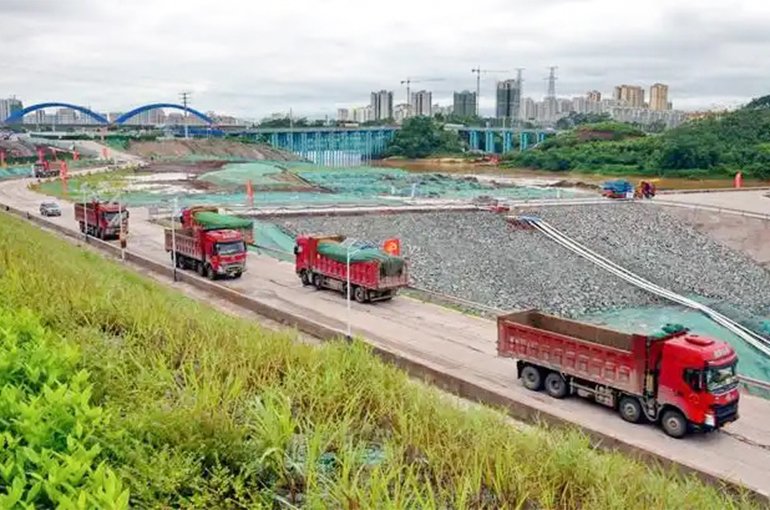 Academic Institution Calls for Better Logistics Network to Support Trade Between Western China and SE Asia
Academic Institution Calls for Better Logistics Network to Support Trade Between Western China and SE Asia(Yicai) Jan. 6 -- A leading Chinese academic institution has released a new report recommending the expansion and improvement of the logistics network between Western China and Southeast Asia so as to underpin trade.
The industrial structure of the New International Land-Sea Trade Corridor should be upgraded, and a normalized cooperation mechanism should be set up in the Chinese provincial-level regions along it, according to the report published by China's Central Party School and the Social Sciences Academic Press yesterday.
Anchored in the southwest-central Chinese city of Chongqing and with key western provincial-level regions as critical nodes, the Corridor combines rail, sea, and road transport to connect with global destinations via the coastal and border ports of China’s Guangxi Zhuang Autonomous Region and Yunnan province.
With the help of this channel, fruits, rice, fresh foods, and other products from Southeast Asian countries can be quickly put on the shelves of Chinese supermarkets, and products such as cars and spare parts produced in West China can quickly reach SE Asian markets.
After five years of construction, the Corridor now connects 523 ports across 124 countries and regions, according to a report by Xinhua News Agency.
Trade between the provincial-level regions along the Corridor and the 10 member states of the Association of Southeast Asian Nations logged compound annual growth of 8 percent from 2019 to 2023, increasing to CNY881.7 billion (USD120.3 billion) from CNY691.6 billion, according to official data.
The container shipping routes from the Port of Beibu Gulf in Guangxi mainly connect to SE Asia, while the long-distance routes are focused on regions rich in mineral resources such as South Africa and Brazil, said Zhou Yi, a professor at the School of Economics of Sichuan University.
Still, the economic ties between regions along the Corridor are generally weak, Zhou noted. While the links between central Chinese cities such as Chongqing, Chengdu, and Xi’an and their surrounding cities have improved with the construction of urban lines, the involvement of sub-central cities, represented by prefecture-level cities, still needs improvement, he noted.
Editor: Futura Costaglione